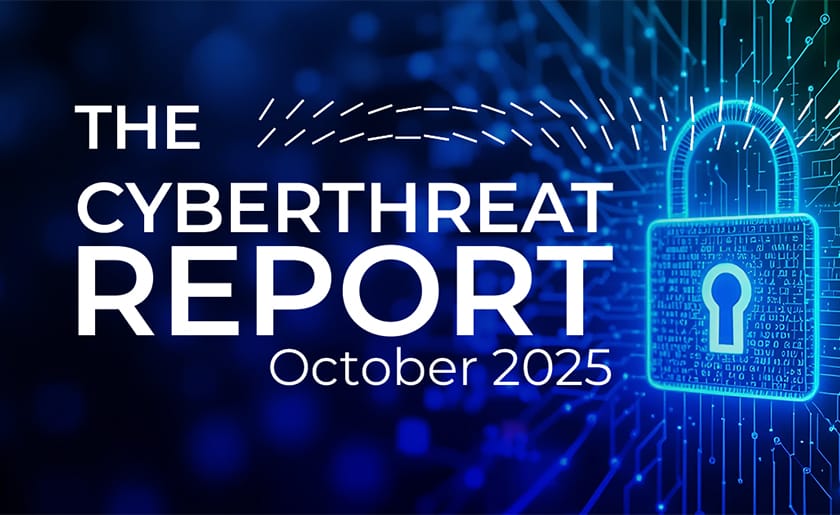Security Operations (SecOps)
Intelligent security operations solutions enable you to confidently detect and correct sophisticated threats faster.
What is a SOC?
Security Operation Center (SOC) is a centralized function within an organization employing people, processes, and technology to continuously monitor and improve an organization's security posture.
Read MoreWhat is Security Analytics?
Security analytics is a combination of software, algorithms, and analytic processes used to detect potential threats to IT systems. The need for security analytics technologies is growing thanks to rapid advancements in cyberexploit.
Read MoreWhat is SIEM?
Security Information and Event Management (SIEM) is software that improves security awareness of an IT environment by combining security information management (SIM) and security event management (SEM).
Read MoreWhat is UEBA?
UEBA stands for User and Entity Behavior Analytics and was previously known as user behavior analytics (UBA). UEBA uses large datasets to model typical and atypical behaviors of humans and machines within a network.
Read MoreWhat is SOAR?
SOAR stands for Security Orchestration, Automation, and Response. SOAR platforms are a collection of security software solutions and tools for browsing and collecting data from a variety of sources.
Read MoreWhat is Information Security Management and Operations?
The Information Technology Infrastructure Library (ITIL) defines information security management as the process that “aims to ensure the confidentiality, integrity and availability of an organization's information, data and IT services."
Read MoreWhat is DevSecOps?
DevSecOps integrates an organization's security team into the traditional DevOps organization. While DevOps integrates software development and production teams to produce bug-free applications.
Read MoreWhat Is Hyperautomation?
Hyperautomation in cybersecurity rapidly identifies, evaluates, and automates business and IT processes using no-code capabilities.
Read MoreTrellix Helix
Integrate security controls from the Trellix Security Platform and over 500 third-parties to create deep multi-vector threat detections.
Learn about Trellix HellixTrellix Enterprise Security Manager
Real-time monitoring and visibility into activity on your systems, networks, databases, and applications.
Learn about Trellix Enterprise Security Manager